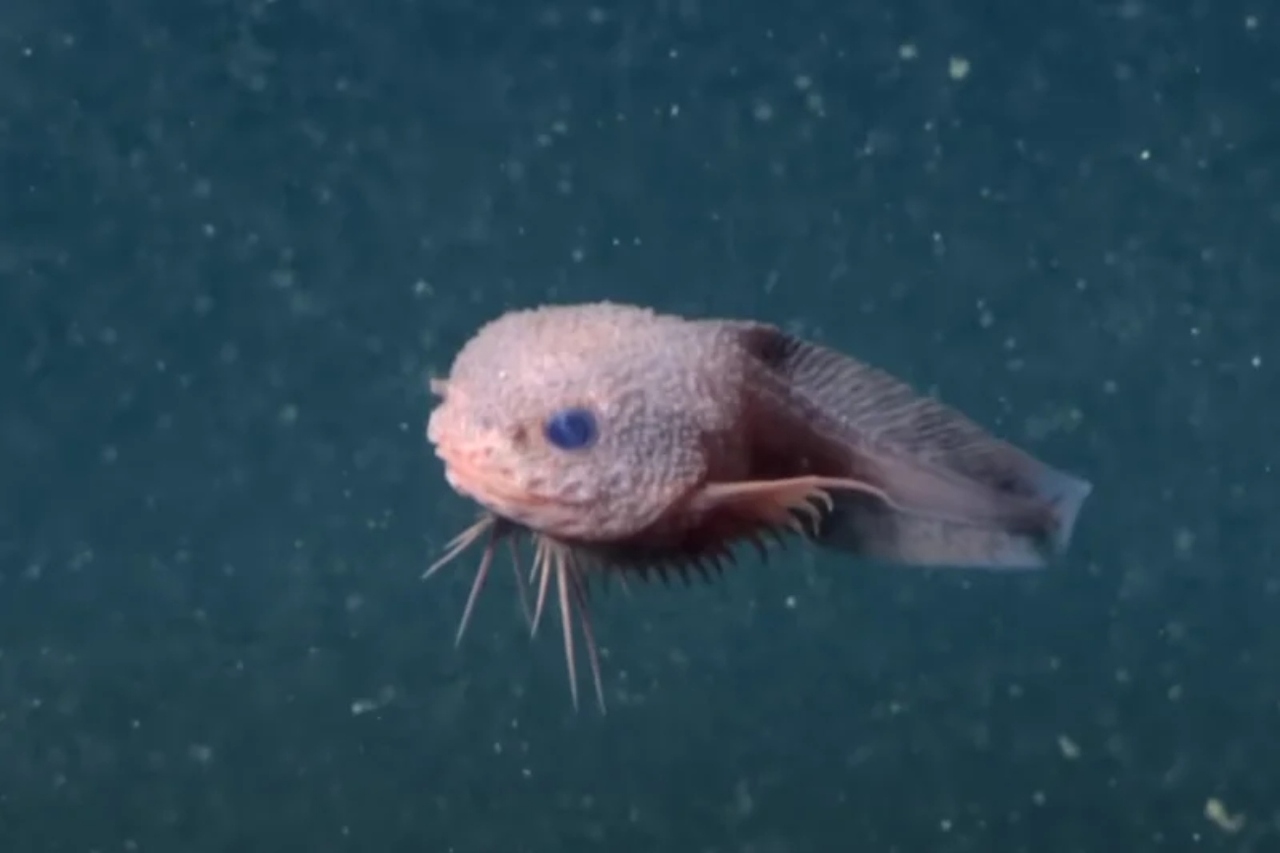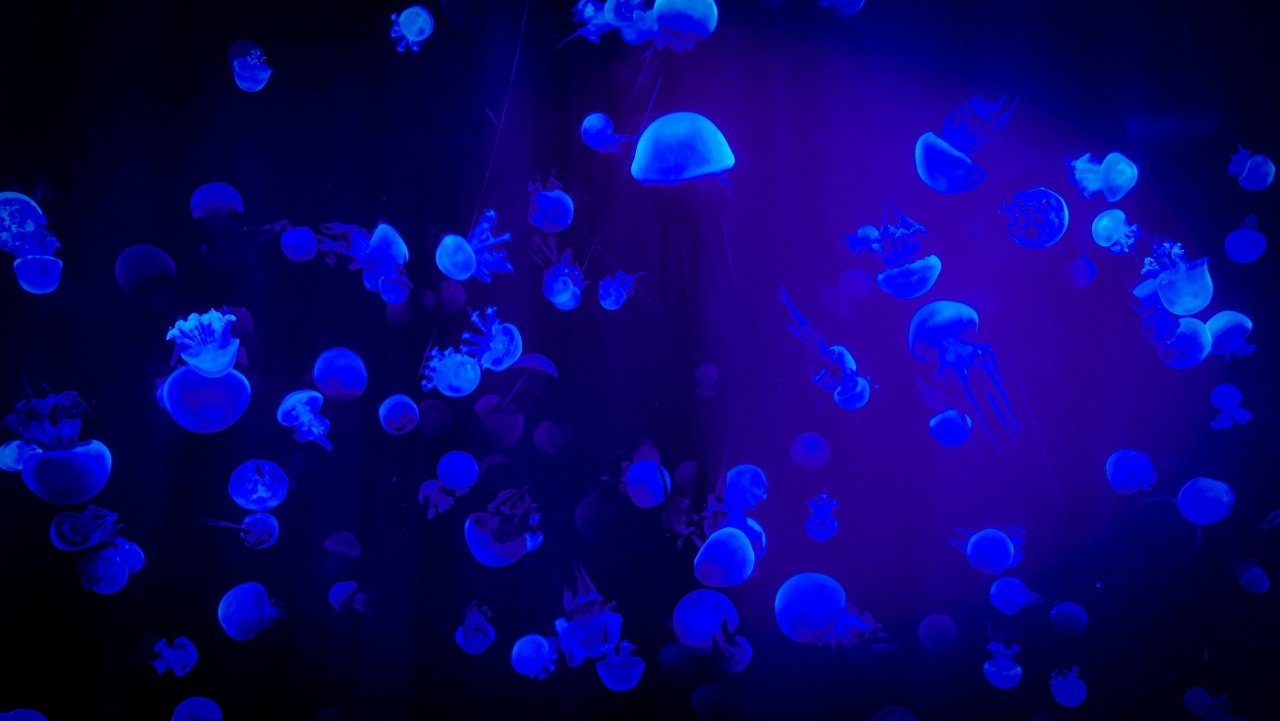![93d5a0a1267ef497317ebbc4ef80edae[1]](https://glasdanas.site/wp-content/uploads/2025/09/93d5a0a1267ef497317ebbc4ef80edae1.jpg)
One creature stands out among them – a pink snail with big eyes and a smile that looks like it’s straight out of a cartoon, but actually hides fascinating adaptations for life in the darkest depths of the planet.
Three new inhabitants of the deep sea
A team of researchers from the Monterey Bay Aquarium Research Institute (MBARI), in collaboration with experts from SUNY Geneseo, Montana, and the University of Hawaii at Mānoa, announced the discovery of three new species of snailfish (Liparidae).
Careproctus colliculi – pink, bumpy snail with a “smile”
Careproctus yanceyi – dark black snail
Paraliparis em – elegant snail
These species were found at depths between 3,268 and 4,119 meters, off the coast of California.

What do they look like and how do they survive?
Snail fish are known for their large heads, gelatinous bodies, and narrow tails. Some species have a special disc on their abdomen that they use to attach themselves to the seabed or even larger animals to move around. In shallow waters, they often cling to rocks and seaweed, and their flexibility allows them to curl up – just like a snail, reports Indy100.
More than 400 species of snailfish have been discovered so far, and new discoveries show that the oceans still hide enormous biodiversity.
The science behind the discovery
“The deep sea is home to an incredible diversity of organisms and a truly beautiful array of adaptations. Our discovery of not one, but three new species of snailfish is a reminder of how much we still have to learn about life on Earth and the power of curiosity and exploration,” said Professor Mackenzie Gerringer of SUNY Geneseo.
The research used the remote-controlled underwater vehicle Doc Ricketts, equipped with advanced cameras and scientific instruments for recording and collecting data from the abyssal ocean floor.

Why is this important?
In addition to discovering new creatures, research like this plays a key role in understanding the impact of climate change, pollution and deep-sea mining on the ocean.
“MBARI strives to make ocean exploration more accessible by sharing our data and technology with colleagues in the scientific community. Documenting deep-sea biodiversity is critical to uncovering changes that may be occurring in this fragile environment,” said Steven Haddock, MBARI senior scientist and expedition leader.
This discovery is a reminder of how unexplored our planet still is. With only 20% of the oceans explored to date, each new look into the depths reveals unknown and incredible life forms – from “smiling” pink snails to creatures that defy all expectations.
Leave a Reply